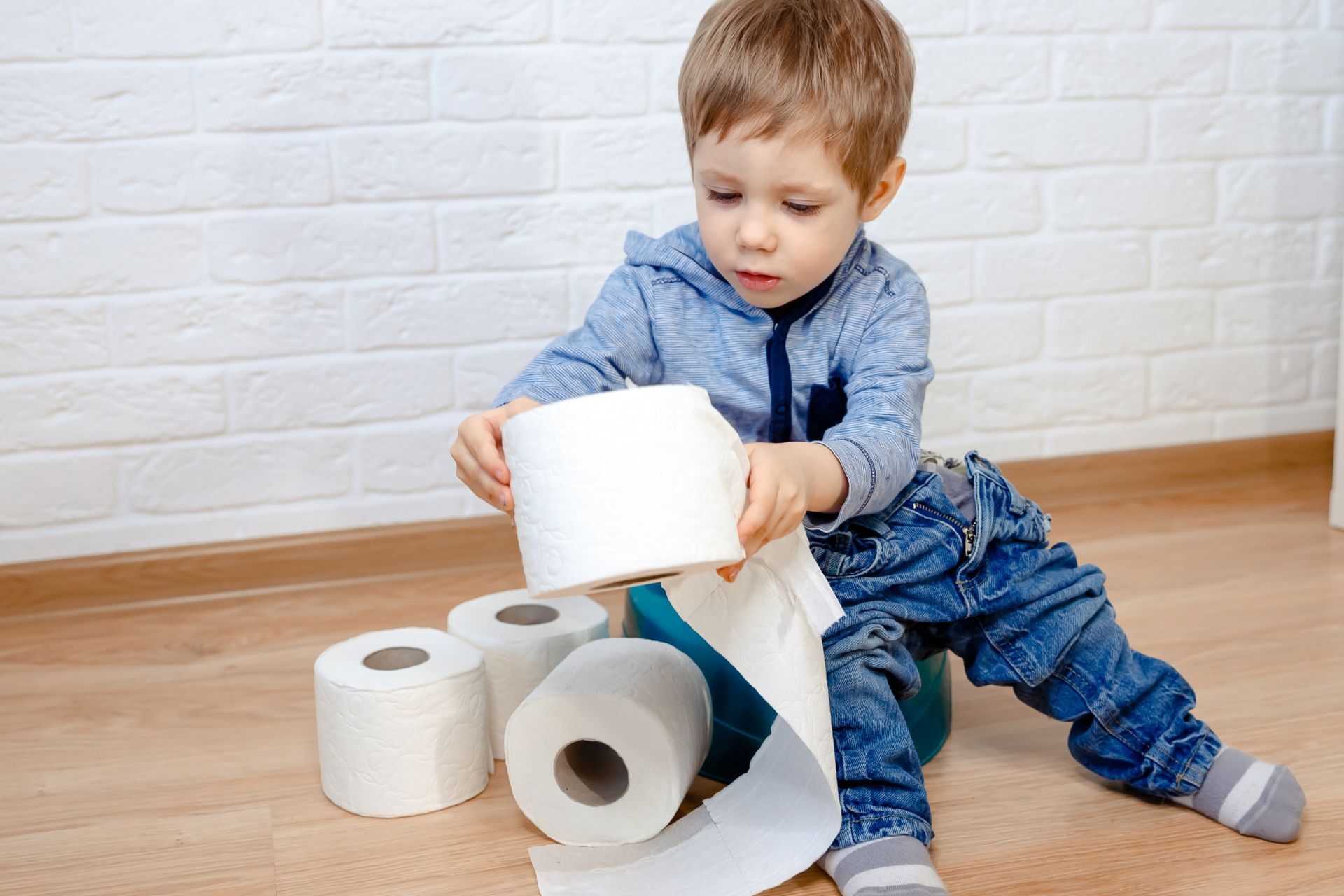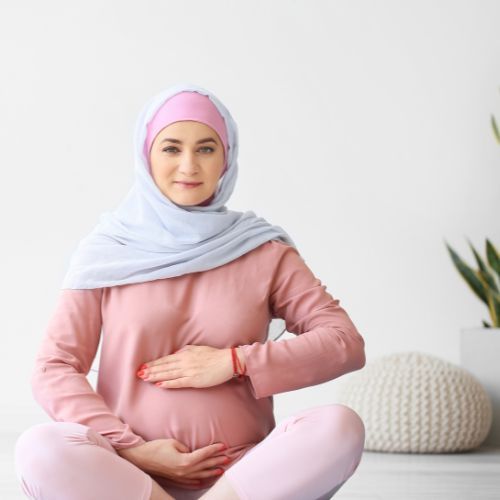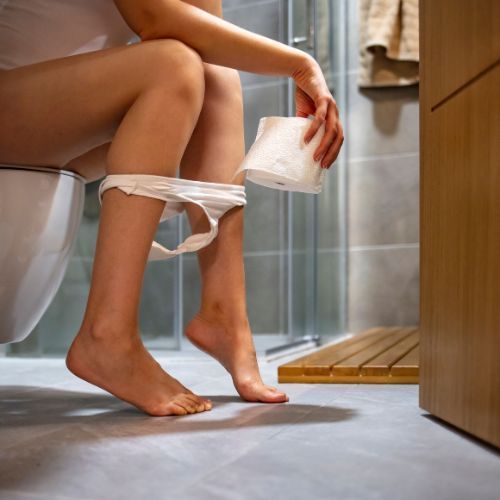
Going to the toilet independently is a major milestone in a toddler’s life.
As well as taking pressure off the family, no more nappies, the sense of independence and personal control gained can be liberating. Children normally show signs of readiness between 18 months and two years and it is helpful to recognise the signs that a child may exhibit when they are ready to start using the toilet. It is important to remember every child develops the ability at their own rate, some pick it up quickly while others can seem to take forever.
Signs of readiness:
Signs of interest, this might be following people to the toilet, talking about using the toilet.
Your Child can communicate when they have done a wee or poo.
Your child may try to take their nappy off after they have done a wee or poo, or they may try and hide when they are doing either.
They may be able to go for longer periods before needing to wee.
They may be dry or no longer dirty nappies at night.
As well as signs that your child may be ready there are some skills that can make the whole training process easier:
Your child can easily get to and from the toilet, they know where it is in your home.
They are able to remove clothing with ease, so they can take their pants off in readiness to use the toilet
Your child should be able to communicate with you with either using language or signs/pictures.
Being able to sit still for a couple of minutes is a good sign that they are ready to try using the toilet.
Tips for Success:
Making sure your child is comfortable on the toilet, you may need a stool to put their feet on, or an insert so they don’t feel like they are going to fall through. Should your child be fearful a potty may be a good start until they are comfortable.
Ensure your child sits comfortably on the toilet with feet on the floor or stool, the whole bottom is on the seat and they are leaning forward.
Some boys may prefer to sit when they start to wee and poo on a toilet, once they have established the ability to use a toilet, transitioning to standing up for wee is the next step.
Giving your child time at home is important, accidents can and generally do happen and being home will allow your child to feel ok when they happen.
Plenty of praise is vital to learning a new skill and can help to motivate your child. Sometime even a reward might give a child confidence to try something new. As your child gains confidence and independence these can be phased out.
When to seek further help?
It is common for some children to be able to wee independently but have difficulty learning to sit and poo. Children may be anxious or fearful, which can lead to constipation or refusing to take a nappy off. Children’s toilet training can at times go backwards after a period of success. If your child is not progressing it may be a sign to ask for help.
A Pelvic Health Physiotherapist can work with you and your child to help establish good toileting routines and teaching your child good wee and poo habits for the rest of their life. They may be able to help identify reasons for backwards steps and can provide advice on how to steer your child back on the path of toileting success.
More from the blog



03 9325 1511
info@pelvichealth.melbourne
ABOUT US
While you don’t talk about pelvic health every day, we do. Our team of specialised physiotherapists are highly skilled and more importantly, have the emotional intelligence to help you through whatever challenges you’re facing. Talk to us today.
ABOUT US
While you don’t talk about pelvic health every day, we do!
Our team of pelvic health therapists are passionate about helping you through whatever challenges you’re facing. Talk to us today.

We acknowledge the Traditional Owners of the land where we work and live, the Bunurong and Wurundjeri peoples of the Kulin Nation and pay our respects to Elders past and present. We celebrate the stories, culture and traditions of Aboriginal and Torres Strait Islander Elders of all communities who also work and live on this land.



